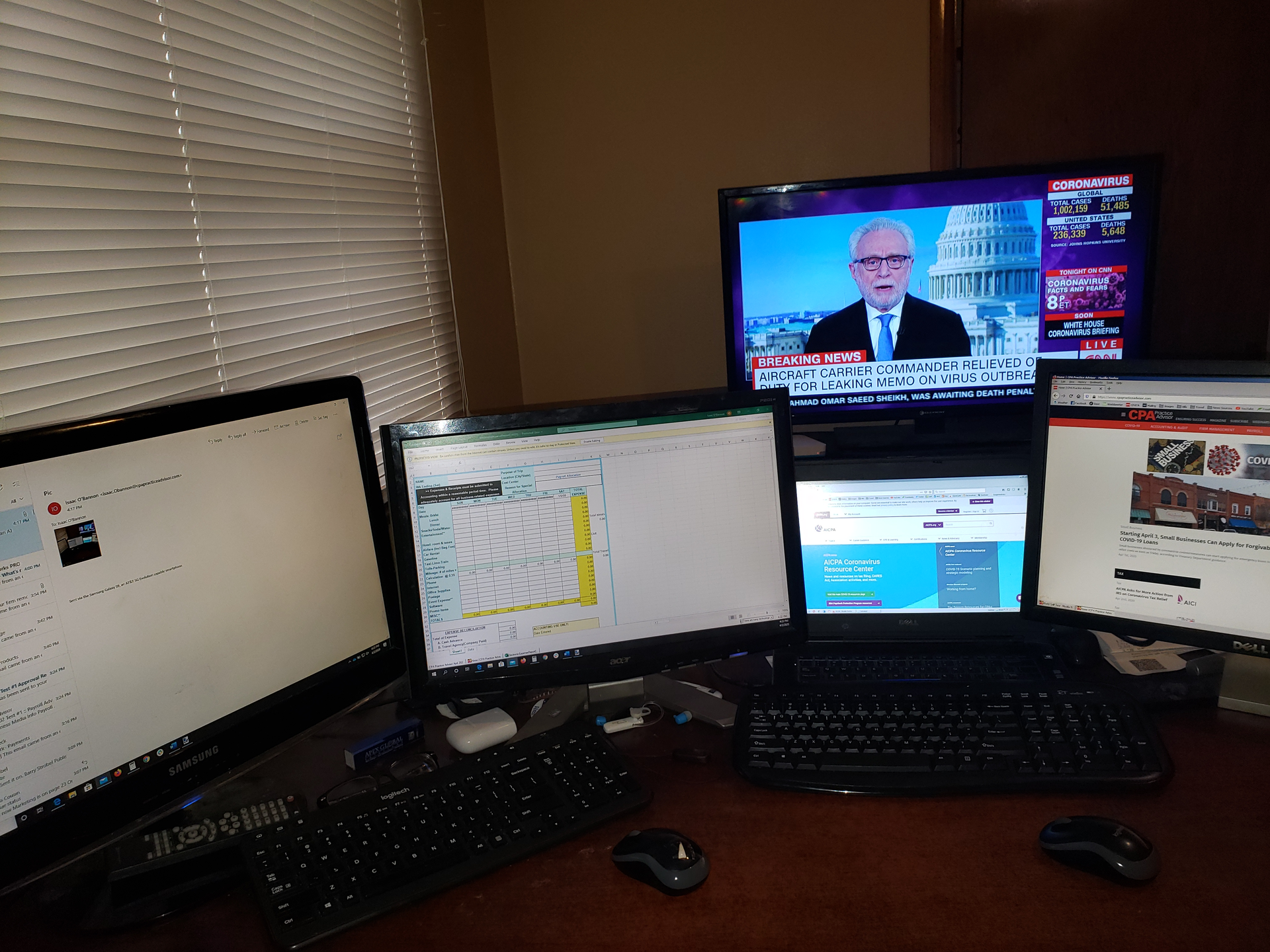Accounting
6 Tips for Taking Your Firm Remote
There are many technology options to work remotely, including video conferencing technology to conduct employee and client meetings, tax software via the cloud, and a hosted desktop environment that employees can access from anywhere, anytime.
Apr. 02, 2020

While many of us are working remotely to #flattenthecurve of this very dangerous virus, at Intuit, we’ve talked for some time about the ability to work outside our offices – and it may be the same for you and your practice. Even though many tax and accounting firms are enabled by cloud technology or a hosted desktop environment, many have been reluctant to make the move because changes in workflow are so difficult to take on in a thriving, busy practice with clients who are happy with the current process.
On the encouraging side, we have seen some firms enable remote working to address difficulties finding talent in their location, reduce office real estate costs, or to be free of their physical office for months at a time.
As someone who has been working remotely on a part-time basis for nearly 12 years, I wanted to share several tips for working remotely as firms consider making changes either during or after this crisis has passed.
Enabling technology is key.
There are many technology options to work remotely, including video conferencing technology to conduct employee and client meetings, tax software via the cloud, and a hosted desktop environment that employees can access from anywhere, anytime. Many firms use portals to exchange information with clients and employees digitally, offer the ability to get electronic signatures for all documents, and accept payments remotely. Software that enables your staff to pick up, put down, delegate, and manage work is also critical.
Create a workspace.
It doesn’t need to be big or a fancy office; it just needs to give you some room to work, and some separation from the rest of the house and family. There are two purposes for a distinct workspace: to give you some quiet and some distance from the chaos, and to ensure you can step away from your work so that you don’t find yourself working all. the. time.
Get dressed.
I know it can be tempting to wear sweatpants or pajamas when working from home, but it will help to create a work environment if you have some semblance of work attire while you’re working remotely. It’ll help your clients to see you with a professional appearance during video meetings.
Have a schedule.
Get up at your usual time, and make sure you take time for lunch, snacks and water. Set time aside for exercise, whether it’s in the morning, during the day or at the end of the day – whatever works for you. You’ll find that you get even fewer steps sitting in your home office than you got in your work office.
Ensure you have good, dependable Wi-Fi at home.
Subscribe to as much bandwidth you can afford, and buy Wi-Fi extenders if your office, or where you want to take video calls, isn’t very close to the router. Being reliably connected is one of the most important aspects of working remotely.
Establish clear expectations for how you can be reached by employees and clients.
With your work life and home life now so integrated, be responsive during the hours you’re working, but don’t be afraid to not be reachable 24/7. Set your work hours and expectations about your responsiveness and stay true to them.
During these times of disruption and change, enabling your firm to go remote is potentially an important capability to develop.
==========
Patti Newcomer is the VP of marketing for the Intuit ProConnect Group.
